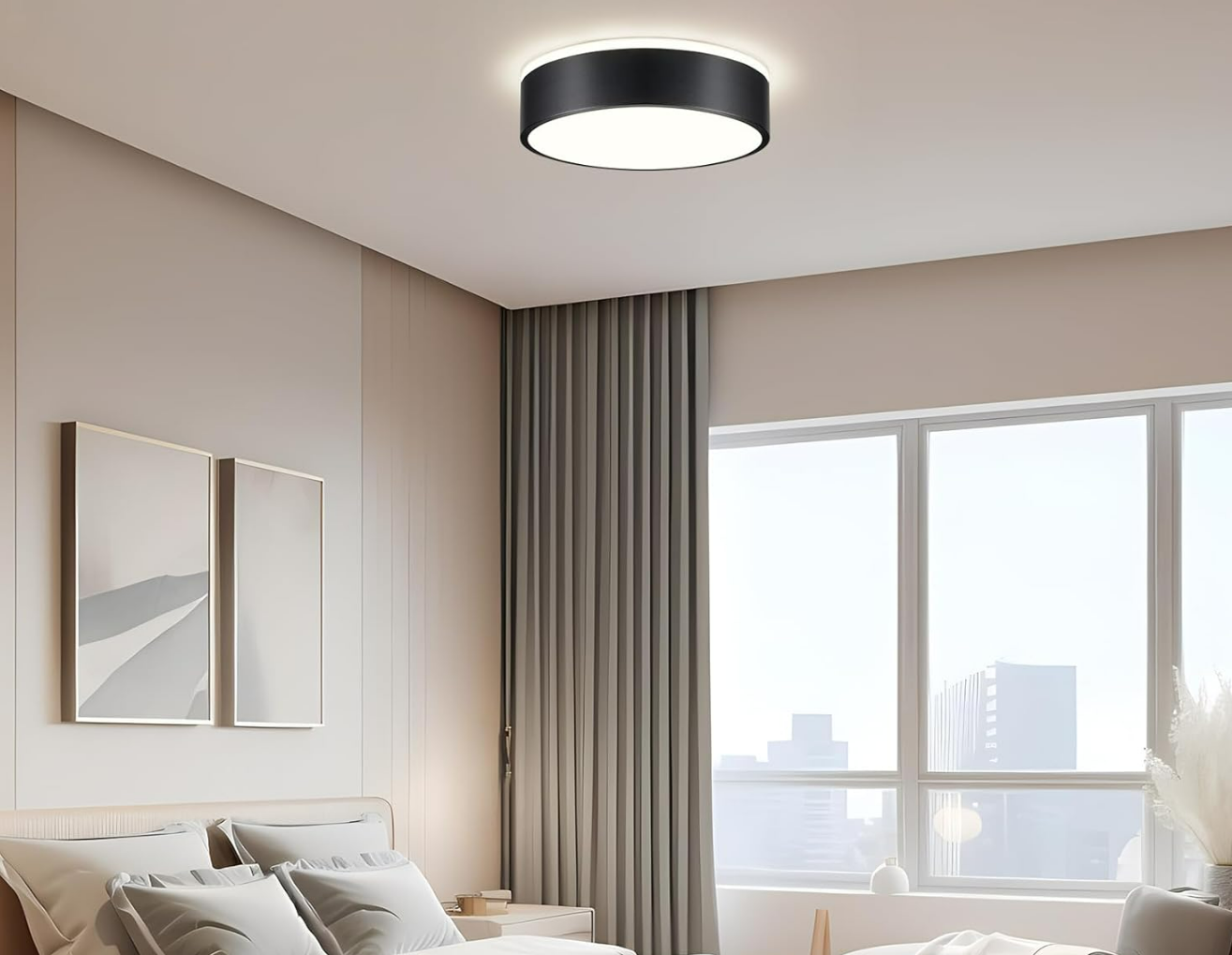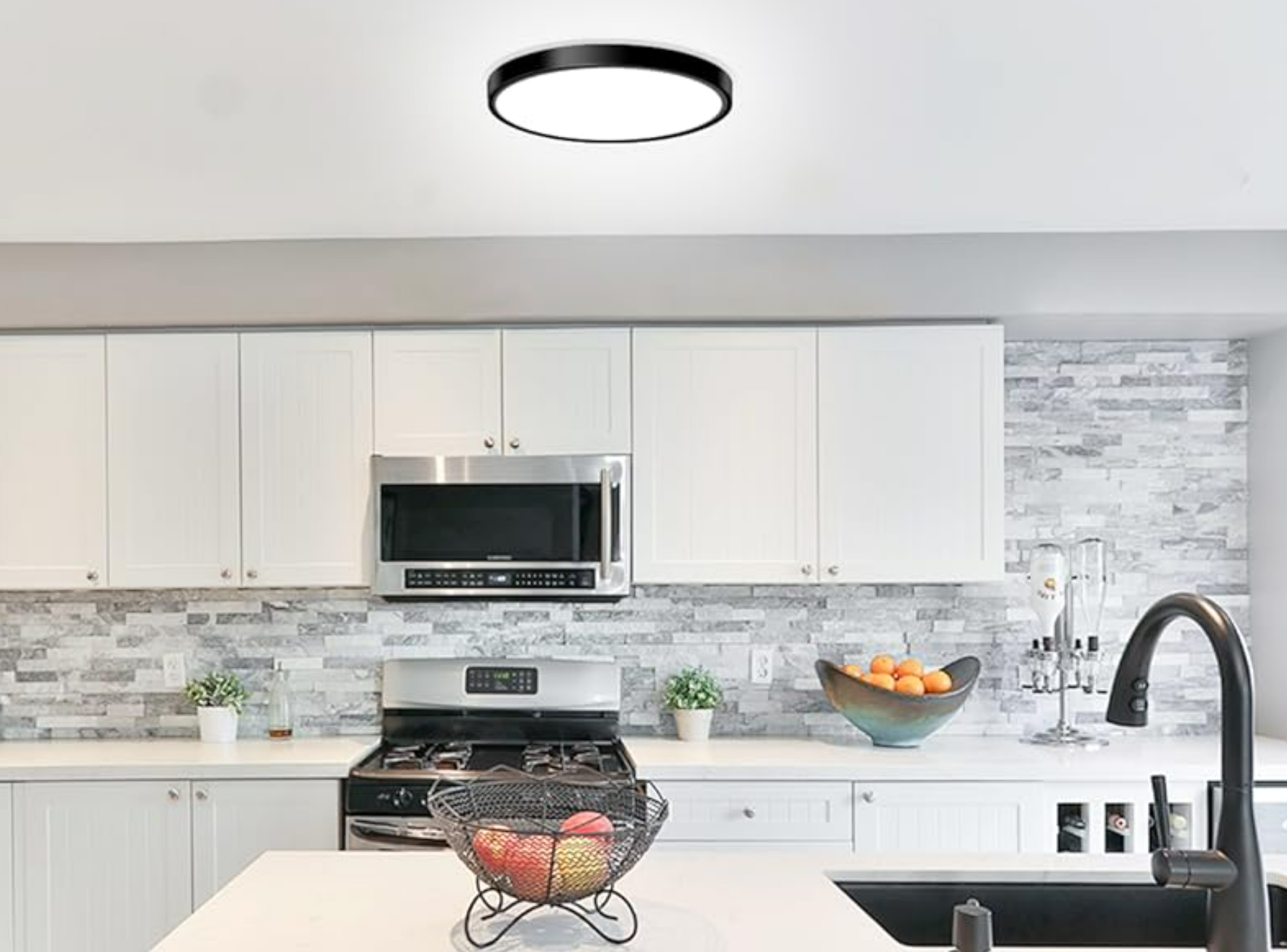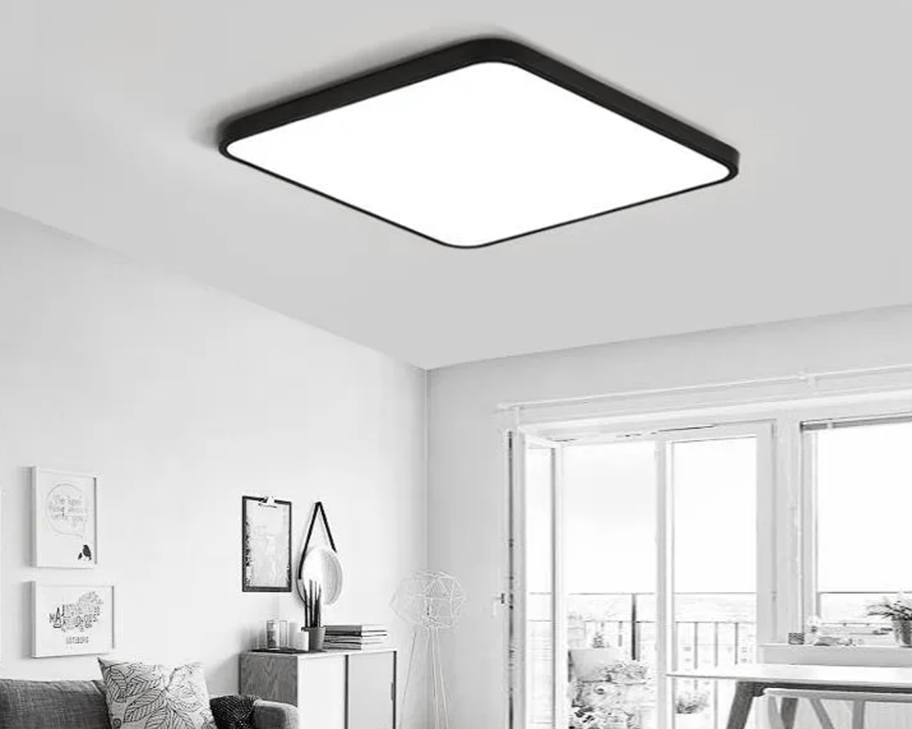LED ceiling lights have transformed the way we illuminate our homes, offering energy efficiency, long life, and versatile design that can adapt to any room. From the bedroom to the kitchen, living room to the dining area, LED ceiling lights are redefining ambiance while keeping utility at the forefront. Here’s a closer look at how these lights can elevate each space and the key considerations when choosing them.

In the bedroom, ceiling LED lights create a serene retreat. Soft, diffused lighting can be achieved with recessed LEDs or flush-mount fixtures that minimize glare while providing even illumination. For a more luxurious touch, warm white LEDs (around 2700K to 3000K) mimic the coziness of traditional bulbs but with far greater efficiency. Dimmable LED ceiling lights are particularly appealing in bedrooms, allowing a gentle wake-up in the morning and a calming glow at night. Layering light—combining ambient ceiling lighting with task lighting near mirrors or reading corners—enhances both function and mood.
The kitchen benefits immensely from LED ceiling lights designed for task efficiency and accent. Bright, high-CRI (color rendering index) LEDs help you distinguish ingredients accurately on a cutting board, while cool or neutral white tones (3500K to 4000K) keep the space feeling fresh and clean. LED ceiling lights for kitchens often come in bar-style fixtures or recessed downlights that distribute light evenly across countertops. Under-cabinet LED strips add another layer of illumination for precise tasks, but the ceiling lights themselves should provide strong, glare-free general lighting to support safety and efficiency.

Living rooms demand a balance of form and function, and LED ceiling lights meet this need with remarkable versatility. Modern LED ceiling lights can be sleek and minimal, or chunky and statement-making, depending on the décor. A living room benefits from layered lighting: ambient ceiling fixtures for overall brightness, paired with floor lamps or wall sconces for mood and reading corners. Contemporary designs may feature smart LED ceiling lights that adjust color temperature and brightness to match activity, from movie nights to entertaining guests. A well-chosen ceiling light in the living room can become a focal point, tying together furniture, textures, and color schemes.
In open-plan spaces, LED ceiling lights help define zones without heavy visual boundaries. Recessed LEDs or linear LED profiles can run across a room to provide continuous, even illumination, while accent LEDs highlight architectural features or artwork. For a modern aesthetic, many homeowners opt for minimalistic ceiling LED lights with clean lines and a crisp, unobtrusive presence. The ability to control multiple zones with smart home systems adds convenience and energy savings, making LED ceiling lighting not only stylish but also practical.

Practical considerations are essential when selecting LED ceiling lights. Energy efficiency is a clear advantage, with LEDs consuming far less power than traditional bulbs and lasting many years. Color temperature, measured in kelvin (K), shapes the room’s ambiance: warm tones for coziness, neutral tones for everyday living, and cool tones for task-focused spaces. Color accuracy (CRI) matters in kitchens and living areas where true color matters for food preparation and design. Dimmability, compatibility with existing dimmers, and smart home integration are also important factors to ensure seamless operation.
Whether you are updating a bedroom, kitchen, living room, or an open-plan area, LED ceiling lights offer a compelling combination of efficiency, style, and adaptability. They can transform the ceiling from a simple light source into a dynamic design element that enhances comfort, functionality, and mood. By choosing the right color temperature, brightness, and layout, you can create lighting that reflects your personal aesthetic while delivering everyday practicality.


